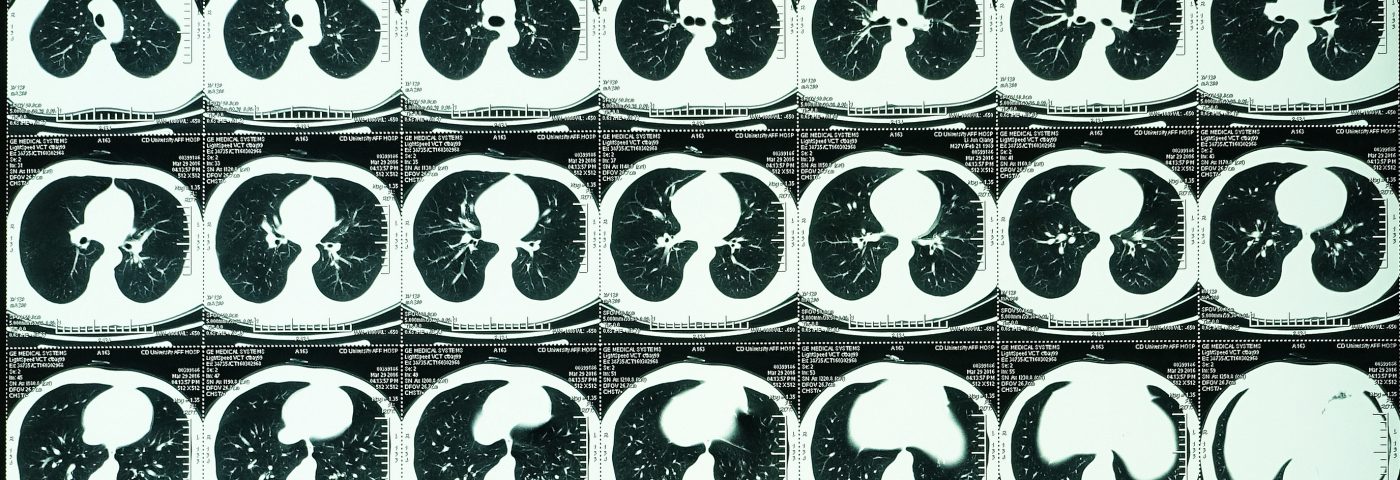Annual low-dose computed tomography (CT) scans are a good alternative to a biopsy or surgery for determining if nonsolid lung nodules (NSNs) are cancerous, researchers report. Their findings were published in the journal Radiology, in the study “Lung Cancer Deaths in the National Lung Screening Trial Attributed to Nonsolid Nodules.”
NSNs are densified tissue in the lung, a few centimeters in diameter. The nodules are often benign, but in some cases could represent malignant tumors, particularly in older adults and smokers. As a measure of prevention for long-time smokers, the Centers for Medicare & Medicaid Services (CMS) recommends an annual CT screening.
“When you biopsy a nonsolid nodule, it’s usually pre-malignant, noninvasive, or due to some other cause like infection or fibrosis,” a study co-author, Claudia I. Henschke, MD, PhD, from the Department of Radiology at Icahn School of Medicine at Mount Sinai in New York City, said in a press release.
A previous study, including data on 57,000 participants in the International Early Lung Cancer Program (I-ELCAP), revealed that annual CT scans were efficient in detecting NSNs of any size.
In this study, the researchers aimed to validate the I-ELCAP results using data from the National Lung Screening Trial (NLST), a large study devoted to comparing the efficiency of two methods, low-dose CT and chest X-ray, in detecting lung cancer. They focused on only those patients with at least one nonsolid lung nodule on a CT scan, and who later died of lung cancer.
The researchers identified 48 people who met their requirements, out of the 26,722 who took part in NLST.
Among these 48 patients, 21 had no NSN in the cancerous lobe of the lung. The death of the remaining 27 patients was not believed to result from NSN, for as long as annual follow-ups were done.
“The causes of death in this group were likely due to another solid or part-solid nodule in the same lobe of the lung,” said Rowena Yip, MPH, senior biostatistician at Icahn School of Medicine at Mount Sinai and the study’s lead author. “In the one death related to a growing nonsolid nodule, the time from prior CT to diagnosis was greater than three years.”
Findings suggested that annual CT scans should eliminate the need for invasive and costly methods like biopsy or surgery. “We think that we have enough data now to say that these nodules can safely be followed by annual CT scans and do not have to be biopsied or treated right away,” Dr. Henschke said. “Survival remains 100 percent as long as the nodules remain nonsolid, and for those that ultimately do progress, the one-year follow-up interval is short enough that they still remain entirely curable.”
In the future, the researchers plan to further investigate NSNs, as some nodules do become cancerous. They aim to determine the optimal screening intervals for better results, and want to include other populations at risk, like those exposed to second-hand tobacco smoking, so that guidelines might be expanded to include these people.

